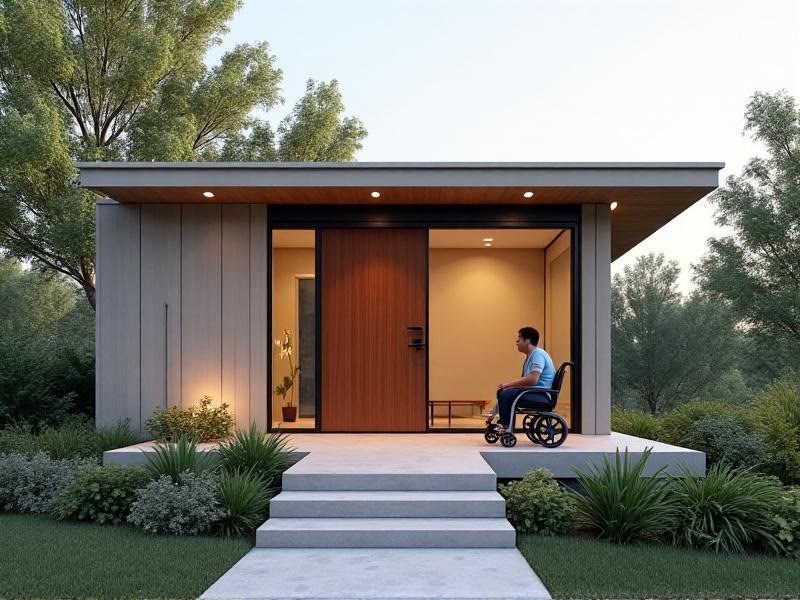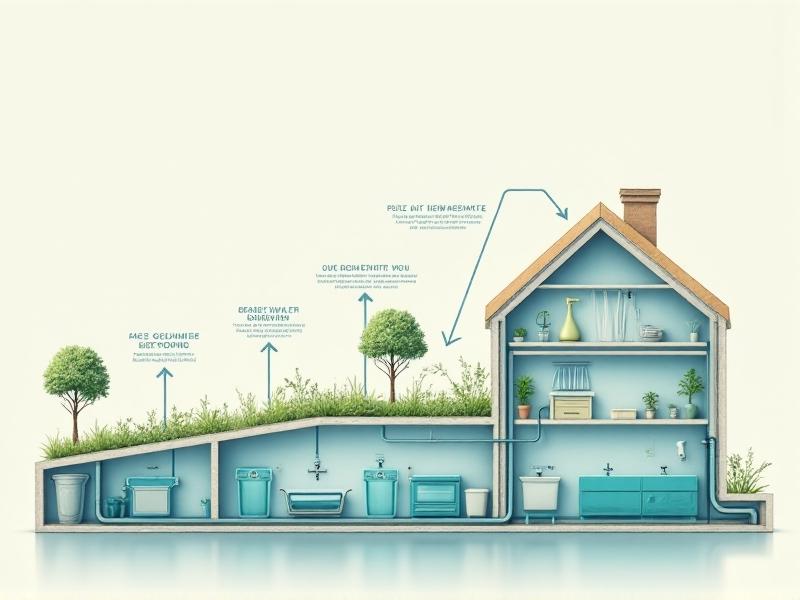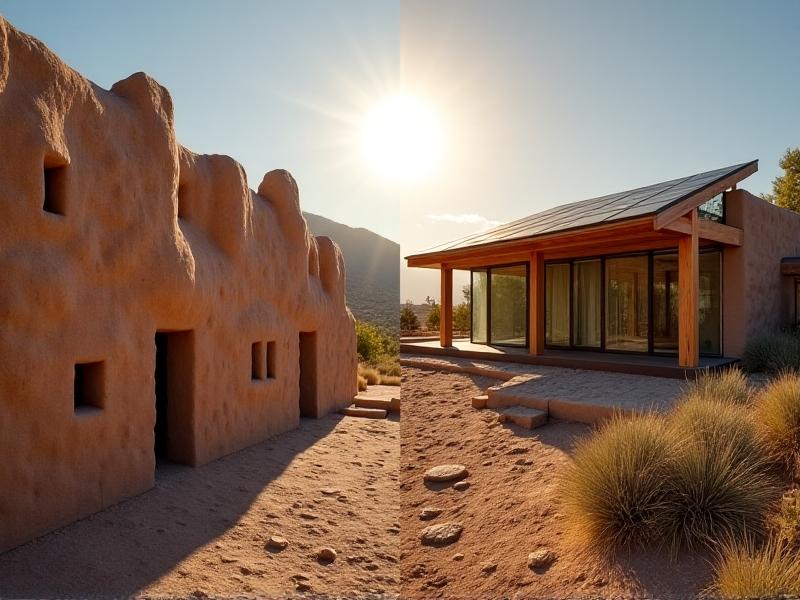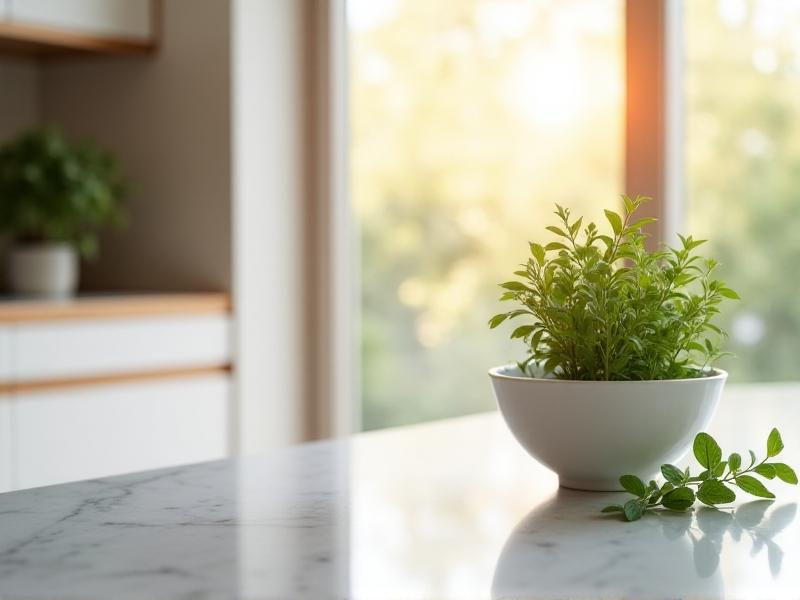Hanging Garden Vertical Systems
The Origins and Evolution of Vertical Gardens
Vertical gardens, also known as green walls or living walls, trace their roots to ancient civilizations. The Hanging Gardens of Babylon, one of the Seven Wonders of the Ancient World, exemplified early attempts to integrate nature into architecture. Though their exact design remains debated, historians suggest these gardens used terraced structures to cultivate plants vertically. Fast-forward to the 20th century, French botanist Patrick Blanc revolutionized the concept with hydroponic systems, enabling plants to grow without soil on vertical surfaces. Today, vertical gardens are a cornerstone of urban design, blending aesthetics with ecological functionality.

Environmental and Aesthetic Benefits of Vertical Systems
Vertical gardens combat urban heat islands by absorbing sunlight and releasing moisture through transpiration. Studies show they can reduce ambient temperatures by up to 7°C, lowering energy costs for cooling buildings. They also improve air quality by filtering pollutants like CO2 and particulate matter. Aesthetically, these systems transform bland walls into dynamic canvases of color and texture, fostering mental well-being. From office lobbies to residential balconies, vertical gardens create inviting spaces that harmonize nature with modern life.
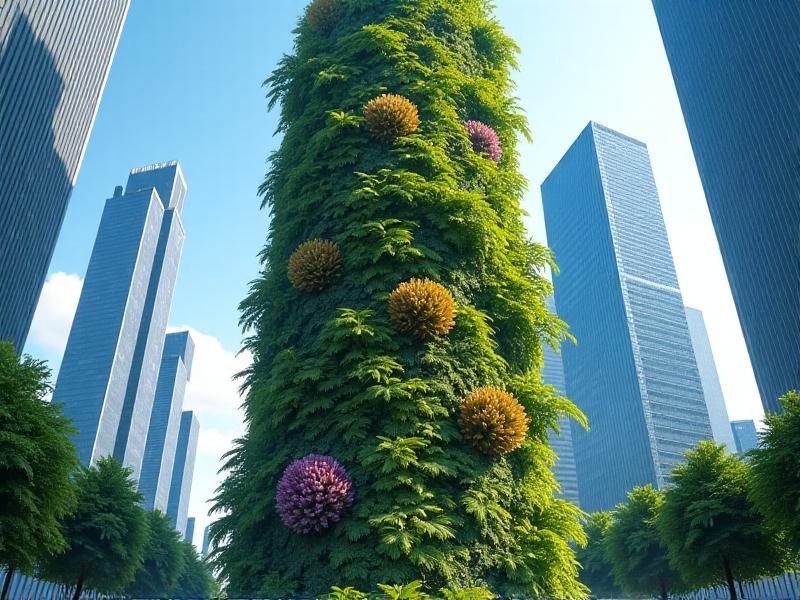
Design Principles for Sustainable Vertical Gardens
Successful vertical gardens require careful planning. Structural integrity is paramount—walls must support the weight of plants, soil, and irrigation systems. Modular panels or felt layers are common substrates. Irrigation should balance efficiency and conservation; drip systems or recirculating hydroponics minimize water waste. Plant selection depends on light exposure and climate: shade-tolerant ferns thrive indoors, while hardy sedums suit sunny exteriors. Integrating native species enhances biodiversity and reduces maintenance.

Step-by-Step Guide to Installing a Hanging Garden
Begin by assessing the wall’s load capacity and sunlight exposure. Install a waterproof membrane to protect the structure. Choose a modular panel system or DIY frame with geotextile fabric. Embed an irrigation network—drip lines connected to a timer ensure consistent moisture. Select plants based on microclimates: place sun-loving herbs at the top and shade-friendly mosses below. Regular maintenance, like pruning and checking pH levels, ensures longevity. Even novices can create thriving vertical gardens with patience and attention to detail.
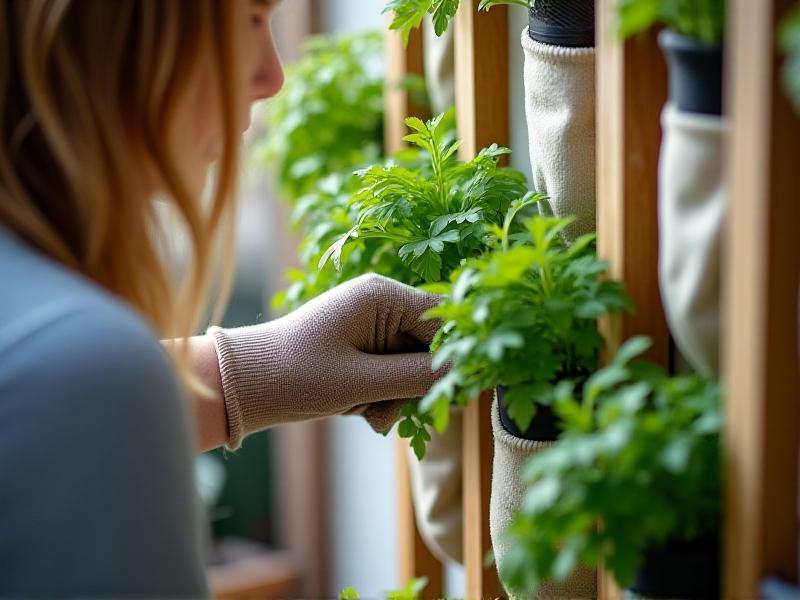
Best Plant Choices for Vertical Gardening Success
Low-maintenance plants like pothos, philodendrons, and spider plants excel in indoor vertical systems. For outdoor walls, consider drought-resistant species such as sedum, lavender, or creeping thyme. Edible gardens thrive with strawberries, leafy greens, and herbs like mint and oregano. Avoid invasive species or plants with heavy root systems. Pair complementary colors and textures—trailing ivy contrasts beautifully with spiky succulents—to create visual interest year-round.
Technological Innovations in Vertical Farming
Smart sensors now monitor soil moisture, light intensity, and nutrient levels in real time, syncing data to mobile apps. Automated vertical farms use LED grow lights tuned to specific plant spectra, accelerating growth cycles. Hydroponic and aeroponic systems conserve water while boosting yields. In Singapore, sky farms integrate vertical gardens with solar panels, achieving energy self-sufficiency. These advancements make urban agriculture scalable, even in space-constrained cities.
Vertical Gardens and Urban Sustainability
By converting underutilized walls into green spaces, cities can enhance biodiversity and reduce stormwater runoff. Vertical gardens act as carbon sinks, sequestering CO2 while producing oxygen. Community projects, like rooftop gardens in schools, educate residents about sustainability. In Milan’s Bosco Verticale towers, over 20,000 plants provide habitat for birds and insects, proving that skyscrapers and ecosystems can coexist. Such initiatives inspire global efforts to reimagine urban landscapes.
Overcoming Challenges in Vertical Garden Maintenance
Common issues include irrigation clogs, nutrient deficiencies, and pest infestations. Regular inspections prevent small problems from escalating. Use organic pesticides to protect beneficial insects. In dry climates, incorporate water-retentive gels into soil substrates. For tall installations, invest in automated lift systems for safe pruning. Collaborating with horticulturists ensures tailored solutions, keeping gardens vibrant with minimal effort.
Future Trends: The Next Frontier for Vertical Landscaping
Emerging trends include algae-based bio-walls that generate renewable energy and 3D-printed planters made from recycled plastics. Architects are experimenting with kinetic vertical gardens that adapt to weather changes. As AI optimizes plant growth algorithms, personalized green walls could become as common as home appliances. These innovations promise a future where cities are not just built for people but for the planet.

